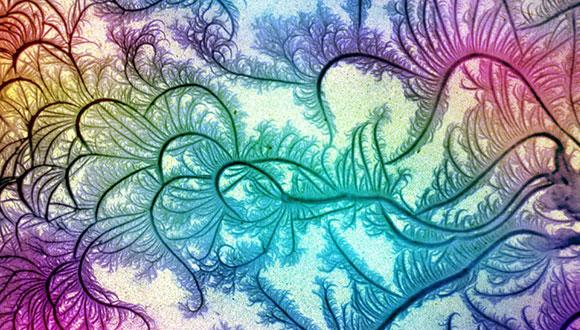Condensed Matter Seminar:
Jonathan Berkheim, Weizmann Institute & Itai Silber, TAU
Zoom: https://tau-ac-il.zoom.us/j/85779688797
Jonathan Berkheim, Weizmann Institute
Attochaos I: The classically chaotic postcursor of high harmonic generation
Abstract:
Attosecond physics provides unique insights into light-matter interaction on ultrafast time scales. Its core phenomenon, High Harmonic Generation (HHG), is often described by a classical recollision model, the simple-man or three-step model, where the atomic potential is disregarded. Many features are already well explained using this model; however, the simplicity of the model does not allow the possibility of classical chaotic motion. We show that beyond this model, classical chaotic motion does exist albeit on timescales that are generally longer than the first recollision time. Chaos is analyzed using tools from the theory of dynamical systems, such as Lyapunov exponents and stroboscopic maps. The calculations are done for a one-dimensional Coulomb potential subjected to a linearly polarized electric field.
Itai Silber, TAU
wo-component nematic superconductivity in 4Hb-TaS2
Abstract:
Most superconductors have an isotropic, single component order parameter and are well described by the standard (BCS) theory for superconductivity. Unconventional, multiple-component superconductors are exceptionally rare and are much less understood. Here, we combine scanning tunneling microscopy and angle-resolved macroscopic transport for studying the candidate chiral superconductor, 4Hb-TaS2. We reveal quasi-periodic one-dimensional modulations in the tunneling conductance accompanied by two-fold symmetric superconducting critical field. The strong modulation of the in-plane critical field, Hc2, points to a nematic, unconventional order parameter. However, the imaged vortex core is isotropic at low temperatures. We suggest a model that reconciles this apparent discrepancy and takes into account previously observed spontaneous time-reversal symmetry breaking at low temperatures. The model describes a competition between a dominating chiral superconducting order parameter and a nematic one. The latter emerges close to the normal phase. Our results strongly support the existence of two-component superconductivity in 4Hb-TaS2 and can provide valuable insights into other systems with coexistent charge order and superconductivity.
Event Organizer: Dr. Dominik Juraschek


